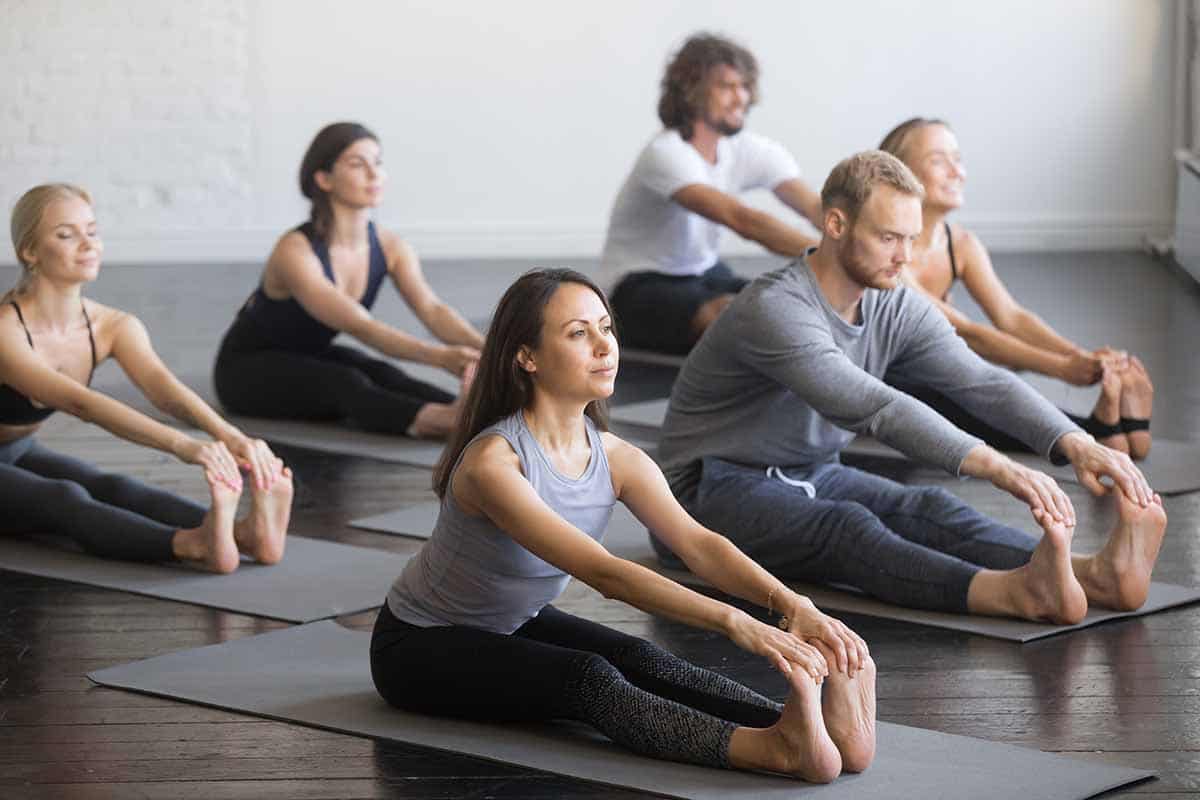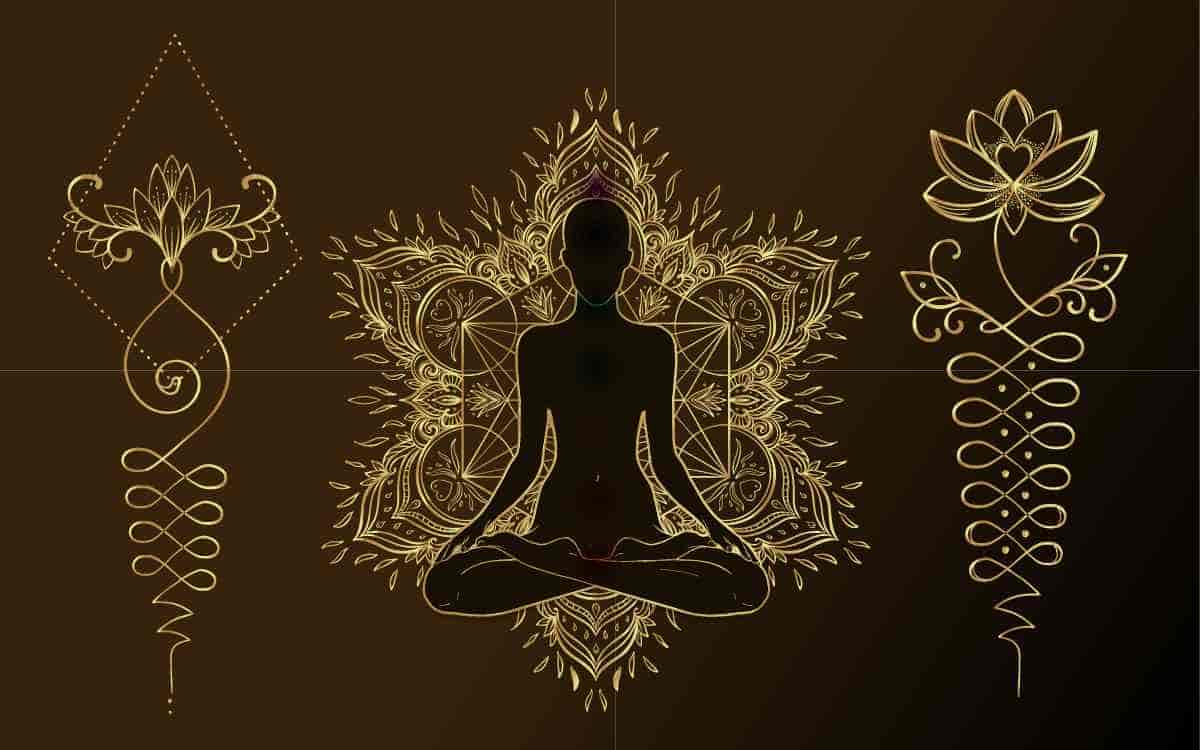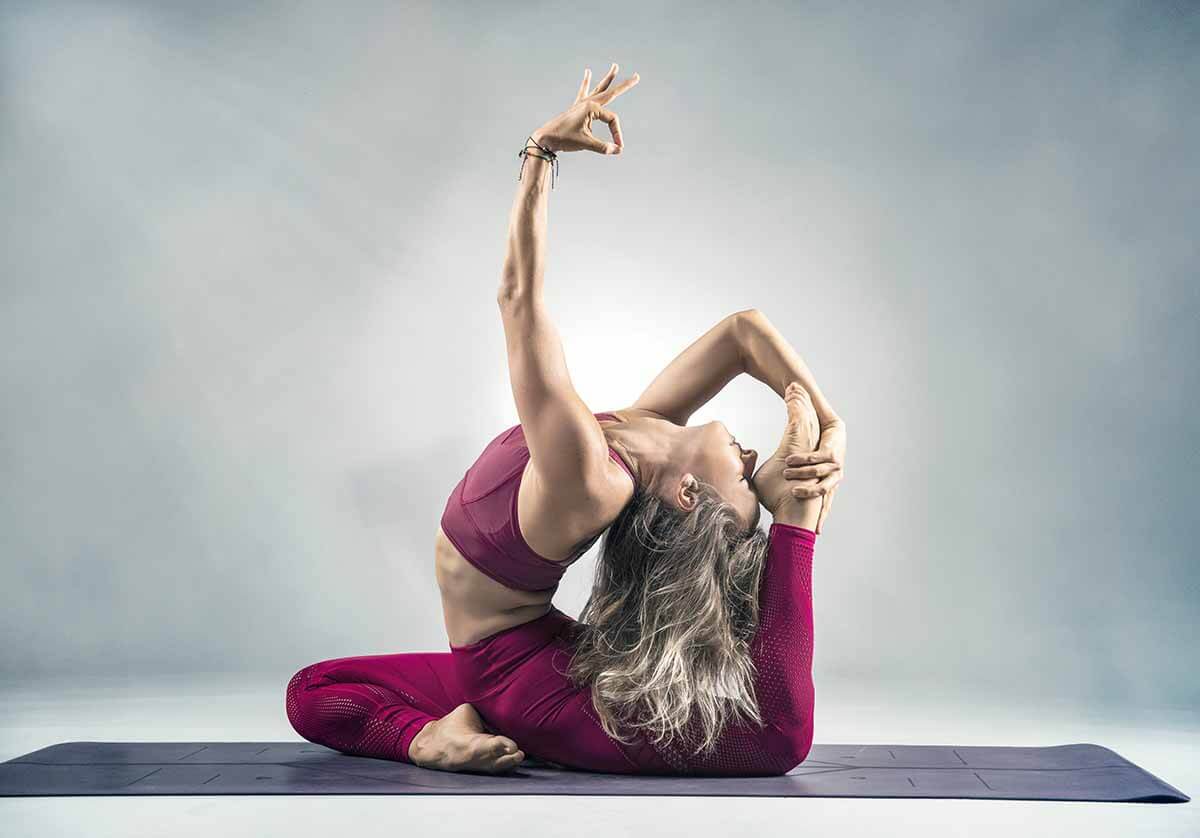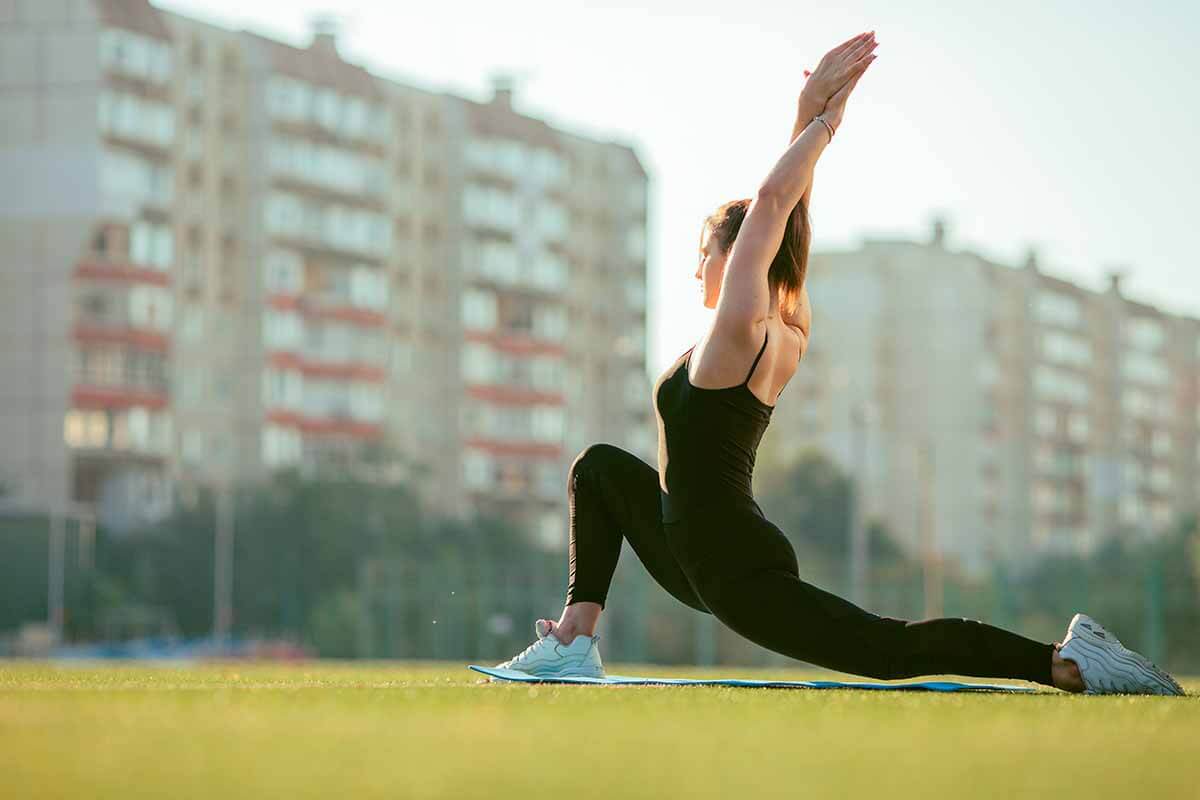
elcome to the world of yoga! Or, what we at Online Yoga Planet like to call: Some of the best tips and insights into Yoga on the Planet. As in all new adventures and “things to learn” in life there is the beginning and of course they journey towards mastery. Does mastery even come in Yoga? That’s a good question now that has me thinking and truthfully all I know is there is always more to learn.
Yoga poses are one of the foundations of yoga and beginning yoga means starting out with the beginner poses, stumbling your way into Intermediate Yoga Poses and then finally taking the courageous plunge into Advanced Yoga Poses when you’re ready to try them. There really isn’t any hard and fast lines where the transition from beginner to intermediate to advanced is by the way, it is a little subjective and depends on your strengths (pun intended).
Article Topics
Which pose is best for beginners in yoga?
The pose that is best for beginners in Yoga is the first semi-challenging pose you learn, typically Warrior 1 or Warrior 2. The reason one of these pose is best for beginners is because it’s one of the first poses you’re likely going to come into contact with, especially if you’re jumping into Ashtanga, and it carries with it some essentials that introduce complexity of poses: a solid base with your feet and legs, core and bandhas, drishti (gaze), a direction for your hips, lengthening of your spine through your crown and extending your arms.
What is the easiest Yoga for Beginners?
Well, the easiest pose that almost all would agree with is Savasana. Not only is this the easiest but it’s typically the most highly anticipated in any heated flow or Ashtanga series class! If we’re narrowing into maybe standing or balancing poses then one of the easiest would likely be Samastihiti.
The 10 Most Common Beginner Yoga Poses
When thinking about yoga, people might think they need to be extremely flexible or have great balance to be able to do a pose. But that’s not necessarily true…
The best part about practicing yoga is that it is adaptable for everyone. And depending on your bodily capacities, each pose will vary between people.
So, without further ado, these are the 10 most common beginner yoga poses explained.
1. Warrior 1 Pose (Virabhadrasana A)
Warrior 1 Pose is probably the most common yoga pose that exists! But just because it’s the most common yoga pose, that doesn’t mean it down’t come along with benefits for your mind, body, and inner well-being.
The warrior one pose is good for working every muscle in your body in unison to build phenomenal core, back, chest, legs, and shoulder strength. The three main benefits are:
- Improving Posture
- Helps with Breathing
- Develop Other Poses
One of the benefits of practicing the warrior one pose is that it can improve your posture and strengthen your balance. Warrior one consistently encourages you to lengthen the spine and engage the core and back, doing so tightens the muscles surrounding the spine, which are essential for balance.
Benefits of warrior one pose with the breath is that it allows participants to consciously focus on their breathing to slow down and create a steady pace.

2. Warrior 2 Pose (Virabhadrasana B)
Warrior 2 Pose, otherwise known in Sanskrit as virabhadrasana b. Is a very beneficial pose that requires balance, strength, and concentration. It is a great pose to establish and practice a base that sits under a solid core with extended strong arms and a concentrated mind.
The biggest differences between Warrior 1 and Warrior 2 poses is that each of these poses has a different position of both the hips and arms. With Warrior 2 the arms are open towards the side, and hands are extended both forward and back.

3. Butterfly Pose (Baddha Konasana)
Butterfly Pose is another great beginners yoga pose that offers several benefits. It is used in different yoga practices such as Hatha, Vinyasa, and Yin.
Sitting upright and elongating your spine in Butterfly Pose helps improve posture and body awareness. This pose targets the low back, hip, and thigh muscles, helping to reduce pain, encourage flexibility, and increase range of motion.
Overall, Butterfly Pose has a soothing and relaxing effect both physically and mentally. It is also used to help release emotions stored in your hips and the surrounding areas.

4. Dancing Shiva Pose (Parivrtta Hasta Padangusthasana)
Dancing Shiva pose provides an opportunity to embody blissful stillness in the midst of a challenge.
Dancing Shiva is an excellent place to explore your balance while strengthening your entire standing leg, stretching the hamstrings and IT band of your lifted leg, opening your chest, and building focus and stamina.
This pose requires you to stay strong and steady in our foundation while enduring the motion and changes that come in any standing balance pose. This pose allows you to stay playful and lighthearted while remaining grounded in our true nature.

5. Boat Pose (Navasana)
Boat Pose is utilized in many yoga sessions around the world because it is designed to strengthen the core and work out the abdominal muscles. Even individuals who do not typically do yoga will find the boat pose beneficial on so many levels.
Boat pose resembles an upside-down capital A when you are in the seated position. It has your legs and arms extended so that your core can be strengthened, and helping you to become more coordinated over time. This is a part of yoga that assists with balance as well.

6. Standing Still Pose (Samasthiti)
This standing still pose or Samasthiti is Sanskrit, refers to a stance in which the practitioner stands solid and upright like an immovable mountain.
It’s known as the “Mother of All Asanas” since it gives birth to so many others. It’s referred to as “Samasthiti” by Ashtanga yoga teachers. “Sama” means “equal,” and “Sthiti” means “to stand motionless.” Tadasana (Mountain Stance) is a basic standing pose that all other yoga poses are built upon (asana).
This pose also strengthens the core for example, the Sun Salutation sequence begins and concludes with Tadasana, also known as Samasthiti. All other yoga positions will benefit from mastering this asana, which requires strength in the feet, toes, shoulders, and chest. It’s a neutral stance that serves as a bridge between two standing poses.

7. Triangle Pose (Trikonasana)
Triangle Pose is a standing yoga pose that strengthens your body in a variety of ways, as previously described. It’s a fundamental posture that allows the body to reap the various benefits of this gentle stretching action.
In many cultures, the number three has special significance, and the triangle has three points. There are three sides to this. Three perspectives.
Triangle Pose can bring relief from a variety of pains for many people. Those with back trouble or issues should not attempt Triangle Pose without first seeing their doctor. It can be harmful to those who have strained muscles in their backs or who have just had surgery.

8. Chair Pose (Utkatasana)
It’s a heat-building and strengthening asana that unites all of your body’s components into a single, strong whole.
This asana is a meditation on dedication, tenacity, and perseverance. To practice Chair Pose correctly, you must coordinate the strength of your legs, arms, and torso while lifting your core muscles and lengthening your spine.
Utkatasana might appear easy just like a yogi sitting on a chair.

9. Pyramid Pose (Parsvottanasana)
Pyramid Pose (Parsvottanasana) is a deep forward fold that lengthens the spine and stretches the hips and hamstrings. The position’s restricted parameters—a small stance, as if on railway tracks—require you to create stability, strength, and integrity in the pose consciously.
Pyramid Pose stretches the spine, shoulders, wrists, hips and hamstrings. It also strengthen the legs and improves posture. Make sure you don’t hyperextend your knees or round your back and shoulders when you approach this posture. From the crest of your head to your tailbone, aim for length.

10. Happy Baby Pose (Ananda Balasana)
And last but not least, my favorite yoga pose of all: happy baby pose. This pose gently brings a greater awareness to the hip joints.
Happy Baby Pose gently stretches the inner groins and the back spine resulting in calming the mind and relieving stress and fatigue.
The pose is properly termed “happy baby” since you’ll resemble a baby resting on its back when in this position – lying on your back and gripping your feet. Who hasn’t seen a baby in this pose while smilig?
Happy Baby Pose is a simple technique that is suitable for beginners. Because of its relaxing effect, instructors frequently include the posture towards the beginning or finish of yoga or Pilates programs.

How should a beginner start yoga?
A beginner should start yoga by taking a class online, following a YouTube video or visiting the closest yoga studio to you. You’re going to be nervous. You’re going to feel awkward. There will probably be at least a month of these feelings before it starts to become something you feel comfortable doing. It’s ok! Everyone starts at the beginning. Don’t judge yourself for being at the beginning now. Soon, you’ll be a few months in and someone else will be at their beginning. Yoga is a journey 😉
Check out this article for the yoga poses for flexibility for beginners.



